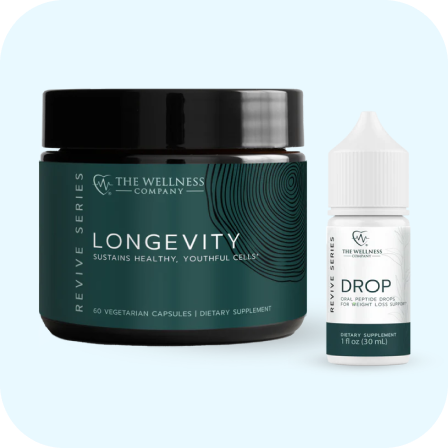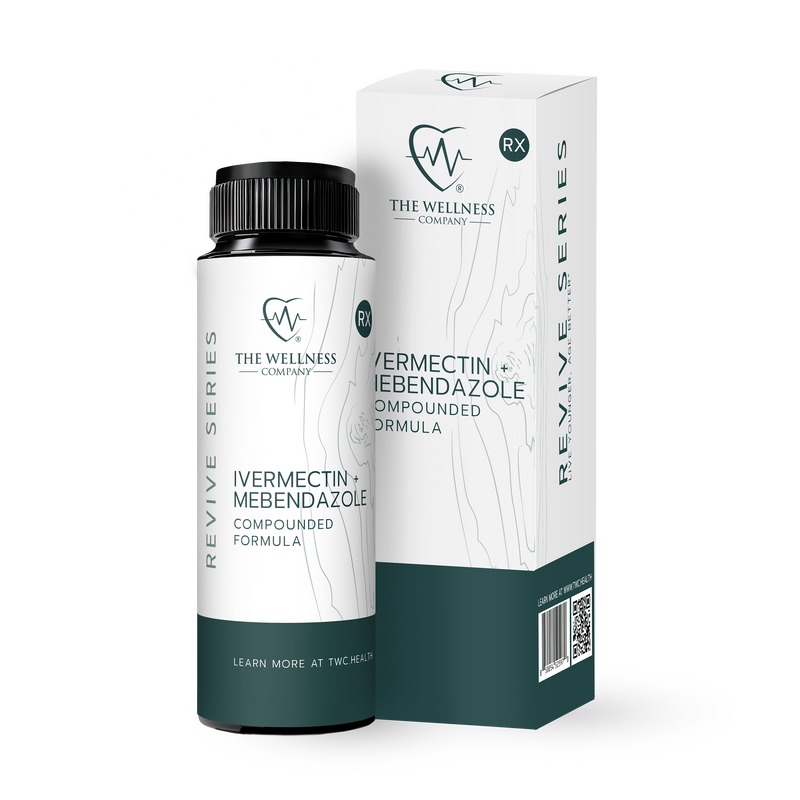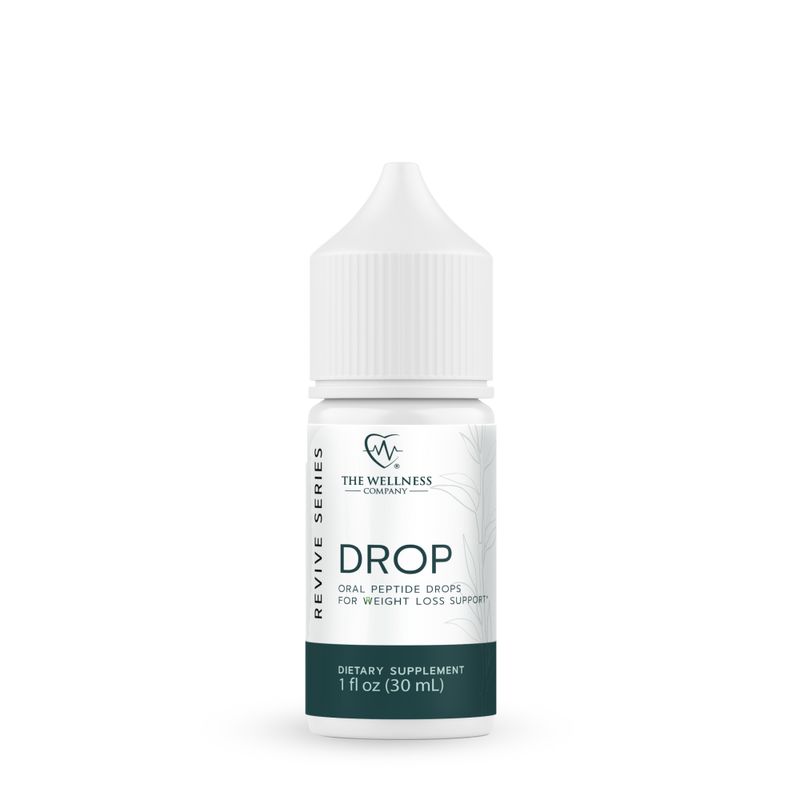Women’s Hormones Overview: Key Functions and Causes of Imbalance

Women's hormones are powerful chemical messengers that orchestrate everything from energy levels and mood to reproductive health and bone density. These complex substances travel through the bloodstream, regulating vital bodily functions and maintaining overall well-being. Knowing what can disrupt their delicate balance empowers you to make informed decisions about your health and recognize when professional guidance may be needed.
The Main Female Hormones and Their Functions
Hormones during a woman’s lifetime — starting in puberty — that play a part in overall health are:
Estrogen: The Primary Female Hormone
Estrogen is the most well-known female hormone, primarily produced by the ovaries. Estrogen is also produced in smaller amounts by liver cells, skin, fat cells, and adrenal glands.
- Reproductive functions: Controls menstruation, ovulation, and prepares the uterine lining for potential pregnancy.
- Physical development: Responsible for breast development, widening of hips, and other secondary sexual characteristics during puberty.
- Bone and cardiovascular health: Helps maintain bone density and supports heart health by managing cholesterol levels.
- Brain function: Influences mood, cognitive function, and overall mental well-being.
Progesterone: The Pregnancy Hormone
Often called the "pregnancy hormone," progesterone is produced by the ovaries after ovulation and plays essential roles in reproductive health.
- Menstrual cycle regulation: Works with estrogen to maintain regular cycles and prepare the uterus for implantation.
- Pregnancy support: Maintains the uterine lining and supports early pregnancy development.
- Mood stabilization: Helps regulate mood and can have calming effects on the nervous system.
Estrogen Dominance – A Common Imbalance
Estrogen dominance is a hormonal imbalance in which the level of estrogen is high relative to progesterone, even if estrogen itself is not above the normal range.
Symptoms include:
- Irregular or heavy periods
- Weight gain
- Breast tenderness or fibrocystic breasts
- PMS, bloating, mood swings, or headaches
- Insomnia
- Uterine fibroids, endometriosis
Testosterone: The Overlooked Female Hormone
While primarily considered a male hormone, testosterone is also present in smaller quantities in women and serves important functions:
- Sexual health: Regulates libido and sexual desire in women.
- Muscle and bone strength: Helps preserve muscle mass and bone density.
- Overall vitality: Contributes to energy levels and general well-being.
Other Key Hormones
- Follicle Stimulating Hormone (FSH): Stimulates egg follicle development in the ovaries.
- Luteinizing Hormone (LH): Triggers ovulation and supports progesterone production.
- Prolactin: Promotes breast development and milk production after childbirth.
- Oxytocin: Facilitates labor contractions and milk ejection during breastfeeding, as well as bonding and emotional connection.
Causes of Hormonal Imbalances
Lifestyle and Environmental Factors
Modern life presents numerous challenges to hormonal balance:
- Chronic stress: Elevates cortisol levels, which can interfere with reproductive hormones.
- Poor nutrition: Diets high in processed foods, sugar, and unhealthy fats can disrupt hormone production.
- Environmental toxins: Exposure to chemicals, pesticides, and endocrine disruptors can interfere with normal hormone function.
- Lack of sleep and exercise: Both inadequate rest and sedentary lifestyles can negatively impact hormone levels.
Medical Conditions
Certain health conditions can significantly affect hormone production:
- Polycystic Ovary Syndrome (PCOS): Causes elevated male hormone levels in women.
- Thyroid disorders: Affect metabolism and can influence reproductive hormones.
- Eating disorders: Can severely disrupt hormone production and reproductive function.
Women's hormones form an intricate network that influences nearly every aspect of health and well-being. While hormonal fluctuations are natural during certain life stages like puberty, menstruation, pregnancy, and menopause, various lifestyle factors, environmental exposures, and medical conditions can disrupt this delicate balance.
References
- Johns Hopkins Medicine. (n.d.). Estrogen’s effects on the female body. Retrieved August 14, 2025, from https://www.hopkinsmedicine.org/health/conditions-and-diseases/estrogens-effects-on-the-female-body
- Physiology, Progesterone - StatPearls - NCBI Bookshelf. https://www.ncbi.nlm.nih.gov/books/NBK558960/
- Cleveland Clinic. (2022, February 9). High estrogen: Causes, symptoms, dominance & treatment. https://my.clevelandclinic.org/health/diseases/22363-high-estrogen
- Margaret E. Wierman et al., Androgen Therapy in Women: An Endocrine Society Clinical Practice Guideline, The Journal of Clinical Endocrinology & Metabolism, 2014; 99(10):3489–3510. https://doi.org/10.1210/jc.2014-2260
- Patel, H., Jessu, R., & Tiwari, V. (2023). Physiology, Pituitary Hormones. In StatPearls. https://www.ncbi.nlm.nih.gov/books/NBK557556/
- Williams, T. L., Mortada, R., & Porter, S. (2016). Polycystic Ovary Syndrome: Diagnosis and Treatment. American Family Physician, 94(2), 106–113. https://www.aafp.org/pubs/afp/issues/2016/0715/p106.html
Written by Brooke Lounsbury






















